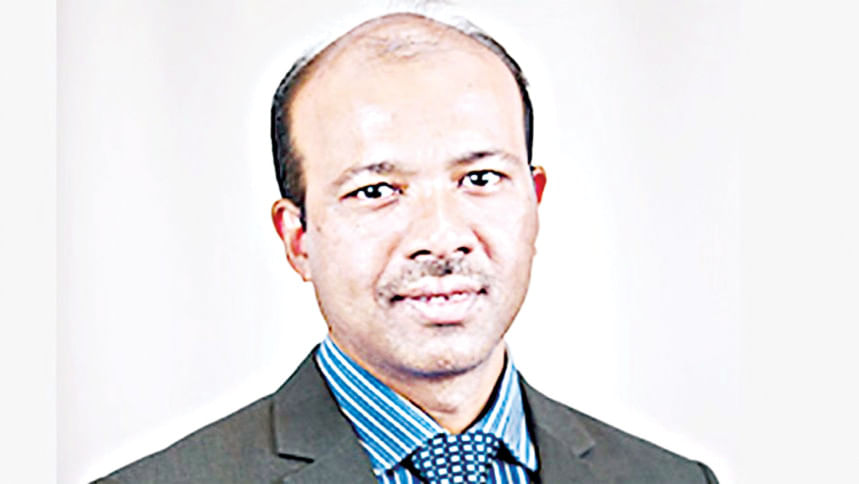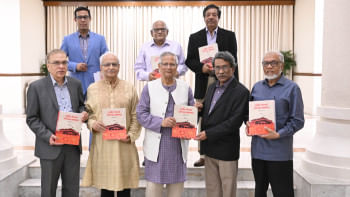Skills for SMEs to diversify exports

Bangladesh's economic success over the past two decades is remarkable, yet its foundation remains precariously narrow. The story of growth is largely the story of the ready-made garment (RMG) sector, which contributes over 80 percent of total merchandise exports. As the nation approaches its LDC graduation in 2026 and prepares to lose crucial preferential trade access, this concentration poses a serious threat. The key to building a resilient, diversified export economy lies in unlocking the potential of small and medium enterprises (SMEs), which form the industrial backbone but whose capacity to expand non-RMG exports remains largely untapped.
SMEs are the economic engine, accounting for 90 percent of industrial units and contributing about 45 percent of manufacturing value added. Promising non-RMG sectors such as leather goods, light engineering, processed foods, and pharmaceuticals are driven by SMEs. Yet export diversification has remained stagnant: the share of non-RMG products in total exports has barely shifted from 16.6 percent in FY 2016-17 to around 15.9 percent in FY 2024-25. This is not due to a lack of entrepreneurial spirit, but a systemic failure to address core constraints.
The long-standing issue of access to finance often dominates policy discussions. The SME sector still faces a funding deficit estimated in billions of dollars. While essential, loans alone are not enough. Export competitiveness, especially in the post-LDC era, requires more than capital. It depends on innovation, quality, and productivity -- all outcomes of capacity development. SMEs face a serious skills gap and limited investment in research and development, which hinders their ability to meet international compliance, quality, and design standards, particularly in markets like the EU. Many lack basic technological literacy and market insight, preventing them from evolving from low-cost subcontractors into high-value global suppliers.
Institutional support has also been inadequate. Government policies, financial incentives, and bureaucratic processes have long favoured the RMG sector, depriving emerging industries of the tailored assistance they need.
While numerous state-led initiatives exist, they often fail to deliver real impact. Lending institutions frequently act as mere money dispensers, focusing on quick loan recovery rather than genuine development partnerships. This leads to stringent collateral requirements and short repayment windows that do not align with the time required to establish new export markets or build complex supply chains.
To navigate LDC graduation and achieve genuine diversification, Bangladesh must make a decisive policy shift by prioritising skills over subsidies and transforming its financial institutions into true capacity builders.
First, the government should implement mandatory, subsidised upskilling and reskilling programmes focused on specific export demands -- advanced product design for leather, rigorous food safety and quality assurance for agro-processing, and high-end technical skills for light engineering. Investing in human capital is the fastest way to foster innovation and productivity, enabling SMEs to create distinctive, value-added products that can command premium prices in global markets.
Second, the financial sector should adopt a Development-Focused Credit model. Loan approvals for export-oriented SMEs should be linked to participation in a Capacity Enhancement Programme facilitated by the lending institution. Bank officers themselves need training in development banking, allowing them to assess credit based on business potential rather than fixed collateral. This approach should be supported by new central bank guidelines that permit longer-tenure financing and align loan recovery with realistic market-building cycles for diversified exports.
Finally, the government must cut bureaucratic red tape through full formalisation and invest in infrastructure such as accredited domestic testing laboratories to ensure compliance. By investing in its people and shifting from an RMG-centric to a skill and innovation-focused mindset, Bangladesh can unlock the full export potential of its SMEs and secure a more diverse, resilient, and sustainable economic future.
The writer is coordinator of Ella Alliance and founder of Ella Pad

 For all latest news, follow The Daily Star's Google News channel.
For all latest news, follow The Daily Star's Google News channel. 



Comments